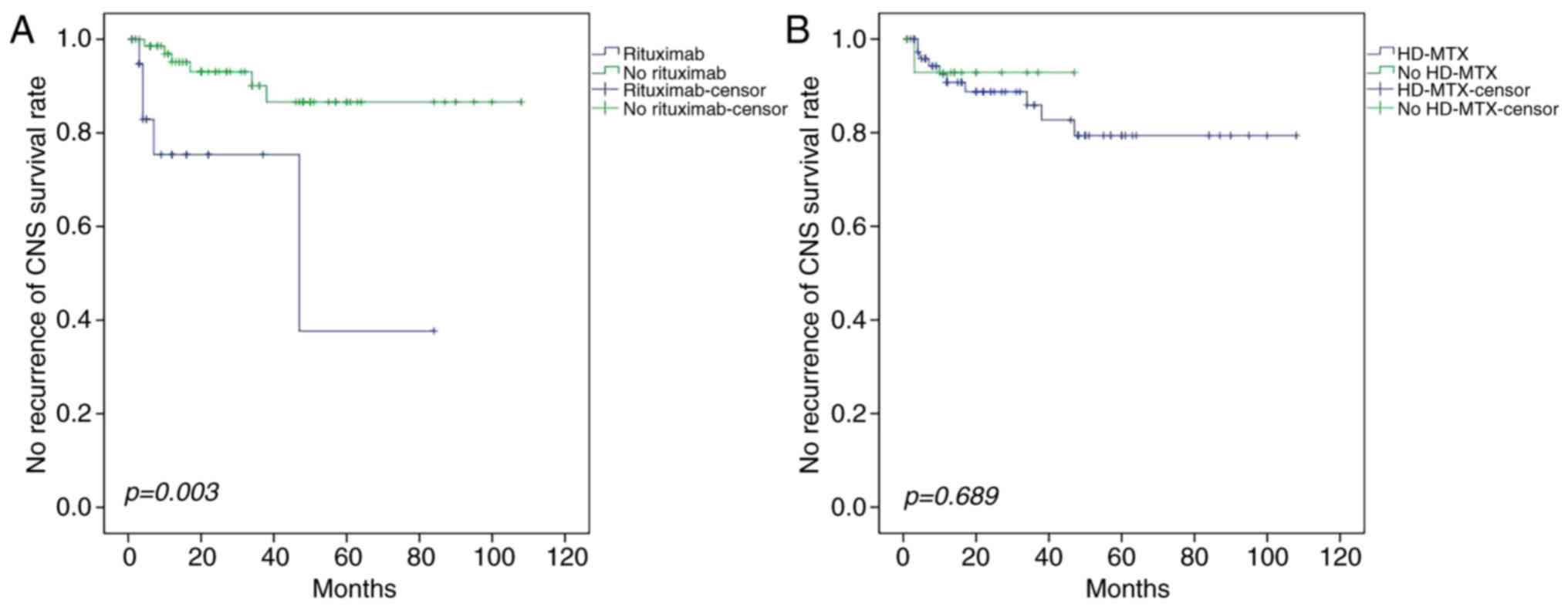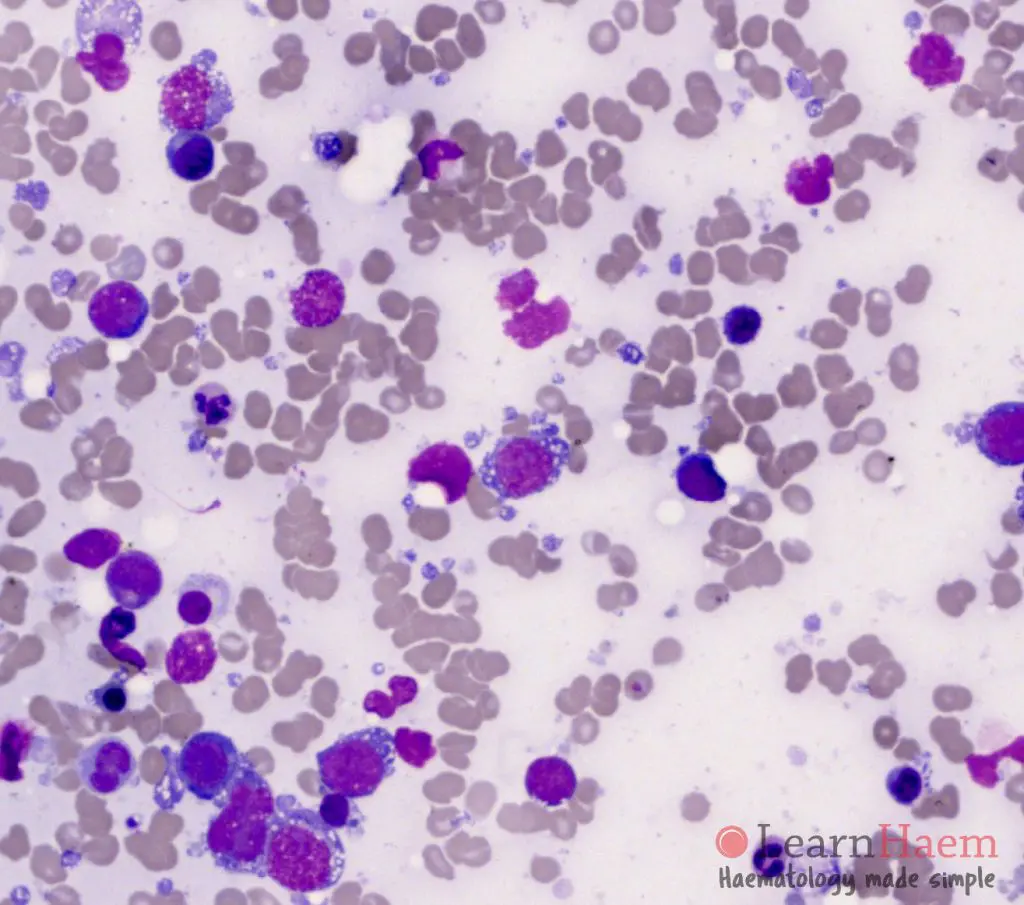10 Year Survival Rate Diffuse Large B Cell Lymphoma

A groundbreaking study reveals a significant improvement in the 10-year survival rate for patients diagnosed with Diffuse Large B-Cell Lymphoma (DLBCL), offering new hope for those battling this aggressive cancer. The research, presented at the recent American Society of Hematology (ASH) annual meeting, highlights advancements in treatment protocols that are demonstrably extending lives.
This encouraging development underscores the effectiveness of recent therapeutic innovations and provides critical insights into the long-term management of DLBCL. The findings directly impact treatment strategies and patient expectations, potentially reshaping the landscape of lymphoma care.
Significant Improvement in 10-Year Survival
Data unveiled at ASH showed a notable increase in the 10-year overall survival rate for patients with DLBCL compared to rates observed a decade ago. Specifically, the study, conducted by researchers at the National Cancer Institute (NCI), tracked outcomes for over 5,000 patients diagnosed between 2010 and 2015.
The results indicated a 10-year survival rate of approximately 60%, a substantial improvement from the historically reported rate of around 50% for patients diagnosed in the early 2000s. This translates to a 20% relative increase in survival, a statistically significant finding.
The study attributed this positive trend to advancements in frontline treatment regimens. These advancements include the widespread adoption of R-CHOP (rituximab, cyclophosphamide, doxorubicin, vincristine, and prednisone) and the integration of novel targeted therapies.
Impact of Rituximab and Targeted Therapies
The introduction of rituximab, an anti-CD20 monoclonal antibody, has been a cornerstone in the improved outcomes for DLBCL patients. Its ability to specifically target and destroy B-cells has significantly enhanced the efficacy of chemotherapy.
More recently, the development and utilization of targeted therapies like polatuzumab vedotin and CAR-T cell therapy have further contributed to the extended survival rates. These therapies offer new hope for patients with relapsed or refractory DLBCL.
The study emphasizes the critical role of these therapies, particularly for patients who do not respond to initial treatment or experience relapse. The increased accessibility of these options has broadened the scope of effective treatment and positively impacted long-term survival.
Who Benefits Most?
While the overall survival rate has improved, the study also identified specific patient subgroups who have experienced the most significant benefits. Younger patients, particularly those under 60 years of age, generally demonstrate higher survival rates.
Patients with early-stage DLBCL also tend to have better outcomes compared to those with advanced-stage disease. Early diagnosis and prompt treatment remain crucial factors influencing long-term survival.
Furthermore, individuals with specific subtypes of DLBCL, such as activated B-cell (ABC) subtype, have shown improved responses to targeted therapies. This highlights the importance of accurate diagnosis and personalized treatment approaches.
Where Was the Study Conducted?
The multi-center study was conducted across various hospitals and cancer centers in the United States, coordinated by the National Cancer Institute (NCI). Data was collected retrospectively from patient records and analyzed to determine the 10-year survival rate.
The participating institutions represented diverse geographic locations and patient populations, enhancing the generalizability of the findings. This widespread data collection provides a comprehensive understanding of DLBCL outcomes across different healthcare settings.
The involvement of leading cancer researchers and hematologists ensured the rigor and validity of the study's conclusions. The results have been peer-reviewed and published in a leading medical journal.
When Were the Data Collected?
The data encompassed patients diagnosed with DLBCL between 2010 and 2015. This timeframe allows for a complete assessment of the 10-year survival outcomes for these individuals.
This period is crucial because it reflects the increasing availability and utilization of newer treatment modalities, including rituximab maintenance and targeted therapies. The study provides a contemporary snapshot of DLBCL survival in the era of modern lymphoma treatment.
By analyzing data from this specific time frame, researchers were able to isolate the impact of these advancements on patient outcomes. This temporal context is essential for interpreting the significance of the improved survival rates.
Next Steps and Ongoing Developments
While the improved 10-year survival rate is encouraging, researchers emphasize the need for continued research to further improve outcomes for all DLBCL patients. This includes exploring new targeted therapies and immunotherapies.
Ongoing clinical trials are investigating the efficacy of novel agents and treatment combinations. These trials aim to identify strategies that can overcome treatment resistance and improve long-term survival for patients with relapsed or refractory DLBCL.
Future research will also focus on identifying biomarkers that can predict treatment response and personalize therapy based on individual patient characteristics. This personalized approach holds the key to further improving outcomes and minimizing treatment-related toxicities. The NCI and other leading research institutions are actively involved in these efforts, paving the way for a brighter future for individuals diagnosed with DLBCL.

















.jpg)
